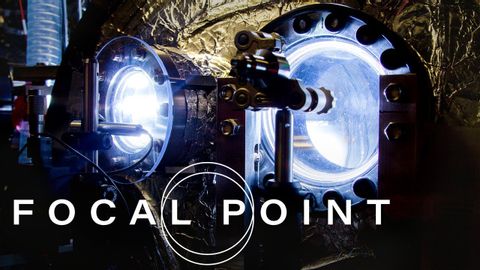超導X射線激光器內部的原子世界成像技術 (Inside the Superconducting X-ray Laser Engineered to Image the Atomic World)
 沒有此條件下的單字
沒有此條件下的單字US /ɪnˈtɛns/
・
UK /ɪn'tens/
US /ˈkɑmpləmənt/
・
UK /'kɒmplɪmənt/
US /ˌrɛpɪˈtɪʃən/
・
UK /ˌrepəˈtɪʃn/
- n. (c./u.)重複;重複;重複;反覆練習;修辭上的重複;(音樂)重複樂段
- v.t.著手對付(或處理);擒抱並摔倒
- n. (c./u.)用具;裝備;繩具;處理,接受挑戰
